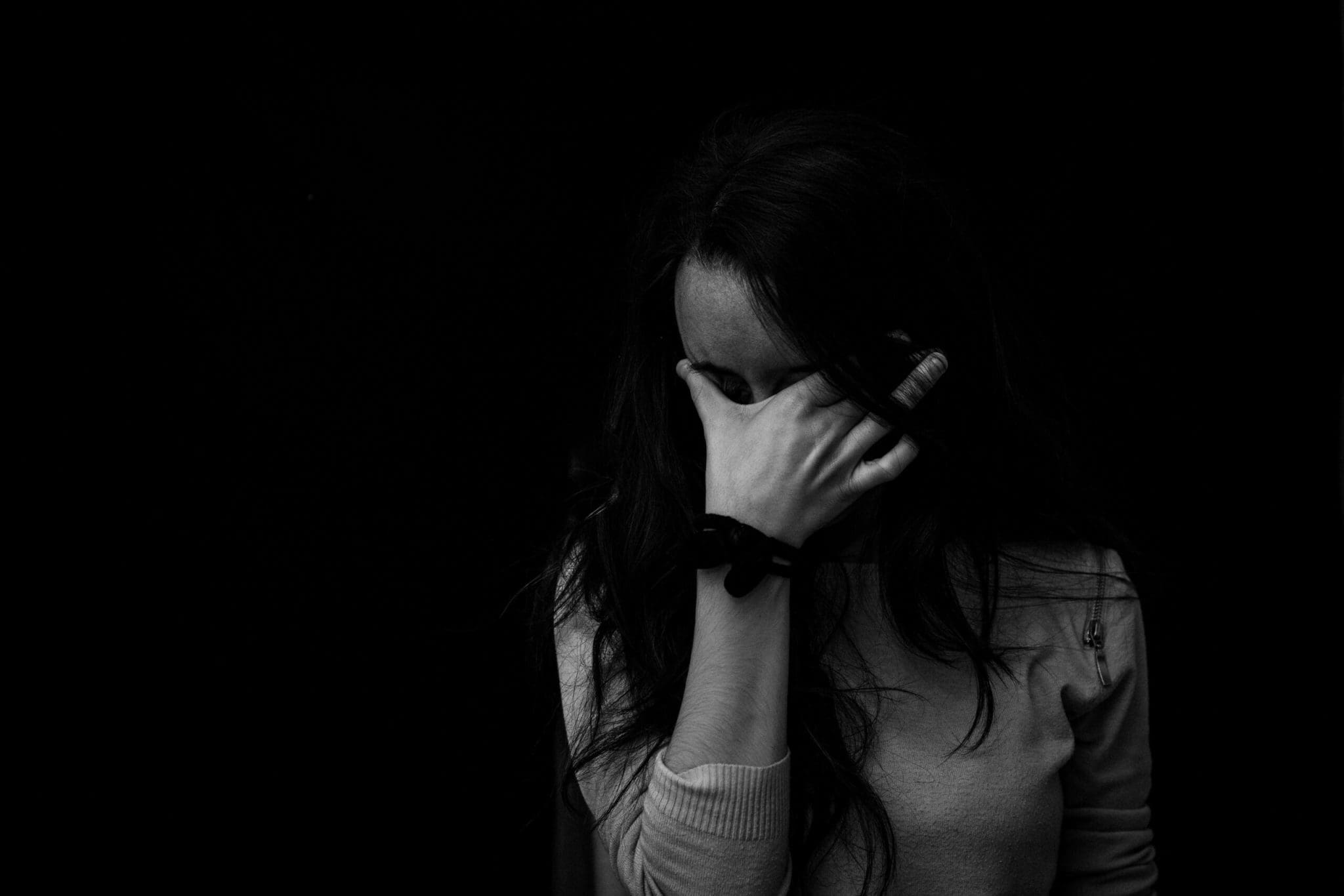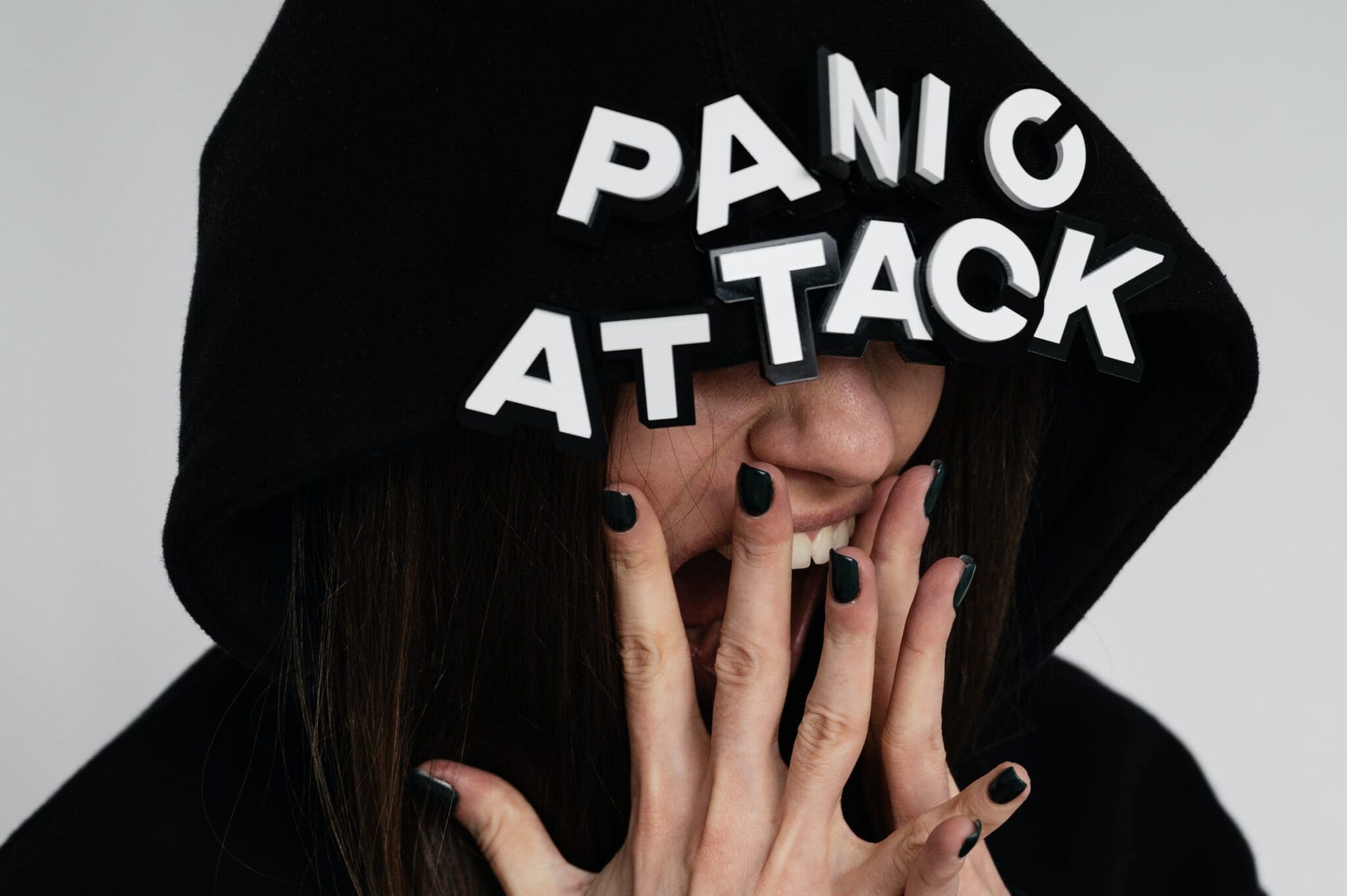Full Disclosure: Clicking on these links could mean a tiny commission for me, at no extra cost to you.
Generalized Anxiety Disorder (GAD) is a common type of anxiety disorder that affects millions worldwide with its relentless surge of worry and fear. Unlike the temporary anxiety that ebbs and flows with life’s stressors, GAD anchors itself deeply within, manifesting through persistent and excessive anxiety about various activities or events — often without a specific focus or cause. Understanding GAD requires more than a superficial glance at its symptoms; it requires a deep dive, exploring not only the emotional turmoil it brings but also the physical symptoms that can restrict the joys of life. In this article, we cover the nature of GAD, its causes, symptoms, and, most importantly, the pathways to managing anxiety and the different forms of treatment for generalized anxiety.
Advertisement
Feeling Stuck or Overwhelmed?
You don’t have to navigate it alone. With BetterHelp, you can connect with a licensed therapist who gets it, all from the comfort of your own space.
It’s flexible, private, and designed to fit into your life. Get matched in minutes and start feeling supported, whether you're managing anxiety, stress, or just trying to find your footing again. Plans start at $65/week. No waiting rooms. No judgment. Just real help, when you need it.
Understanding Generalized Anxiety Disorder (GAD)
Generalized Anxiety Disorder (GAD) is a mental health condition characterized by persistent and excessive worry about various aspects of daily life, often without a clear reason. Unlike the typical anxiety that people experience ahead of significant events, GAD sufferers find themselves in a constant state of worry, even in the absence of specific stressors. This condition can significantly impact an individual’s daily functioning, making routine activities feel unbearable.
Generalized Anxiety Symptoms: Emotional and Physical Signs
Studies suggest that GAD is more than just a feeling of unease; it’s a pervasive condition that can dictate one’s ability to perform at work, maintain relationships, and enjoy life’s pleasures. The impact of GAD extends beyond mental distress, manifesting in physical symptoms such as restlessness, fatigue, muscle tension, and sleep disturbances. These symptoms can compound, creating a cycle of anxiety that is challenging to break without intervention.Understanding the signs of GAD is crucial for early intervention and the way for effective management of the condition.
Emotional Symptoms
- Persistent Worry (about health and finances to work and family life, even when there is little or no reason to worry)
- Irritability
- Difficulty Concentrating
- Fear of Making Decisions
- Feeling Restless or On Edge
Physical Symptoms
- Fatigue
- Muscle Tension
- Sleep Disturbances
- Gastrointestinal Issues
- Headaches and Migraines
Understanding these generalized anxiety symptoms is the first step towards diagnosis and treatment. It’s important to note that experiencing some of these symptoms does not necessarily mean one has GAD; a qualified healthcare professional can provide a proper diagnosis based on a comprehensive evaluation.
It’s also important to understand how anxiety attack symptoms differ from GAD, as the two are often confused but manifest differently. While GAD involves persistent worry and tension, anxiety attacks are characterized by sudden, intense episodes of fear or discomfort.
Advertisement
⚡ Access Treatment Right Now
→ Online Therapy – Talk to a licensed therapist today through BetterHelp. Affordable, private, and convenient therapy starting at $65/week. Take the Free Assessment to get matched now.
→ Digital Psychiatry – Connect with a provider in 12–48 hours via Hims/Hers. Explore FDA-approved medication options — no insurance required. Get Started Today.
Exploring the Causes
The cause of Generalized Anxiety Disorder (GAD) can rarely be attributed to a single cause. Instead, it’s the result of a combination of factors that increase an individual’s susceptibility to developing the disorder. Understanding these contributing elements can help demystify the condition and foster a more compassionate viewpoint towards those affected.
Genetic Predispositions
Research indicates that GAD can run in families, suggesting a genetic component to the disorder. Individuals with family members who have GAD or other anxiety disorders are at a higher risk of developing GAD themselves.
Environmental Factors
Significant life changes or traumatic events, such as the loss of a loved one, divorce, or job loss, can trigger GAD in people who are predisposed to anxiety disorders. Experiences in childhood, such as exposure to abuse or neglect, can also increase the risk of developing GAD later in life.
Psychological Factors
Certain personality traits, such as a tendency towards perfectionism or a propensity to easily experience negative emotions, can make an individual more susceptible to GAD. The presence of other mental health disorders, such as depression or other anxiety disorders, can also increase the risk of developing GAD.
The Impact of Lifestyle
The use of or withdrawal from addictive substances, including alcohol, caffeine, and nicotine, can exacerbate or mimic the symptoms of GAD. A sedentary lifestyle may also contribute to the development of GAD, as physical activity is known to help reduce anxiety and improve mood.
Understanding these causes and risk factors is crucial for individuals seeking to manage their anxiety or support someone with GAD. While some factors are beyond one’s control, such as genetics and early childhood experiences, others offer avenues for intervention and management, including lifestyle changes and coping strategies for dealing with stress.
Diagnosis and Treatment Options
Navigating the Diagnosis Process
Diagnosing Generalized Anxiety Disorder (GAD) involves a thorough evaluation by a healthcare professional, typically a psychiatrist or psychologist, who will assess symptoms, their duration, and the impact on daily life. A diagnosis of GAD is considered when anxiety is persistent for more days than not, for at least six months, and significantly interferes with daily activities.
Medications
Several types of anxiety medications are used to help manage the symptoms of GAD, including:
- Antidepressants: SSRIs (Selective Serotonin Reuptake Inhibitors) and SNRIs (Serotonin and Norepinephrine Reuptake Inhibitors) are commonly prescribed for their effectiveness in treating anxiety.
- Anxiolytics: Benzodiazepines may be used for short-term relief of severe anxiety symptoms, though they are generally avoided for long-term use due to the risk of dependency.
Psychotherapy
Psychotherapy, particularly Cognitive Behavioral Therapy (CBT), is highly effective in treating GAD. CBT focuses on identifying, understanding, and changing thinking and behavior patterns. Sessions with a therapist can help individuals learn to manage anxiety, challenge irrational fears, and develop coping strategies. Therapy for anxiety disorders tend to address underlying issues contributing to anxiety while also helping you learn how to use stress management and relaxation techniques.
Alternative Treatments and Lifestyle Changes
In addition to medication and therapy, other strategies can help manage GAD:
- Lifestyle Modifications: Regular physical activity, a balanced diet, adequate sleep, and reducing caffeine and alcohol can significantly impact anxiety levels.
- Mindfulness and Relaxation Techniques: Practices such as yoga, meditation, and deep-breathing exercises can reduce symptoms of anxiety.
- Support Groups: Connecting with others facing similar challenges can provide emotional support and coping strategies.
Exclusive Offer: Get Your First Month of Breathwork Free
Emerging Therapies
Research into new treatments for GAD is ongoing, including the potential benefits of digital health interventions, biofeedback, and other non-traditional therapies. Staying informed about these developments can offer additional options for individuals seeking alternatives or adjuncts to traditional treatments.
Advertisement
Ready to Take Control and Start Healing?
Feeling anxious, stuck, or overwhelmed? You don't have to figure it out by yourself. BetterHelp connects you with a licensed therapist who fits your needs, all from the comfort of home.
No waitlists, no commuting, no pressure. Just flexible, professional support designed for real life. With over 20,000+ therapists available and plans starting at $65/week, you can start making progress today — one step at a time.
Living with GAD
Living with Generalized Anxiety Disorder (GAD) is a daily challenge that requires resilience, understanding, and a proactive approach to management. For many, it involves developing a personalized toolkit of strategies to cope with and reduce the intensity of anxiety symptoms. Here, we explore key aspects of daily management and lifestyle changes that can make a significant difference.
Daily Management Strategies
Your daily routine matters. Establishing a regular daily routine can provide a sense of stability and predictability, which is comforting for individuals with GAD.
Engaging in mindfulness practices can also help center thoughts in the present moment, reducing worry about the future or rumination on the past.
Applying CBT techniques, such as challenging negative thought patterns and engaging in behavioral experiments, can be done independently or with the guidance of a therapist. These will further help you manage those uncomfortable feelings and anxious thoughts.
Lifestyle Changes
There are many lifestyle changes that can also promote an anxiety-free life. This includes things, such as physical activity, a healthy diet and proper sleep.
The Role of Support Systems
Having a robust support system is invaluable for individuals with GAD. This can include:
- Family and Friends: Open communication with loved ones about one’s experiences with GAD can foster understanding and support.
- Professional Help: Regular check-ins with mental health professionals ensure that treatment plans remain effective and can be adjusted as needed.
- Support Groups: Joining a support group, whether in-person or online, can provide a sense of community and shared experience.
Managing Setbacks
Setbacks are a normal part of the journey with GAD. Recognizing that progress is not linear and learning from each setback can be a powerful part of the coping process. Adjusting coping strategies and treatment plans in response to setbacks is essential for long-term management.
Conclusion
Generalized Anxiety Disorder (GAD) is a pervasive condition that affects millions of people worldwide, yet the journey through GAD is deeply personal. With its chronic worry and fear, GAD can cast a long shadow over daily life, but understanding its nuances, seeking effective treatment, and employing daily management strategies can significantly illuminate the path forward.
This guide has traversed the complexities of GAD, offering insights into its symptoms, underlying causes, and the multifaceted approaches to treatment and management.
The strategies and treatments discussed here are not one-size-fits-all solutions but starting points for individual paths to wellness. It’s about finding what works for you, adjusting as needed, and moving forward with resilience and support.
The Path Forward
For individuals living with GAD and their loved ones, healing involves ongoing education, self-compassion, and advocacy for mental health. Seeking support, whether through professional help, support groups, or loved ones, is a sign of strength and an important step in managing GAD.
The future holds promise for those affected by GAD, with advancements in treatment options, increasing awareness, and a growing understanding of mental health. By continuing to share experiences, knowledge, and support, we can foster a community that navigates the storm of anxiety together, moving towards a horizon of hope and tranquility.
As we close this guide, let’s remember that while GAD is a part of many lives, it does not define them. With the right tools, strategies, and support, the journey through GAD can lead to growth, resilience, and a deeper understanding of oneself.









